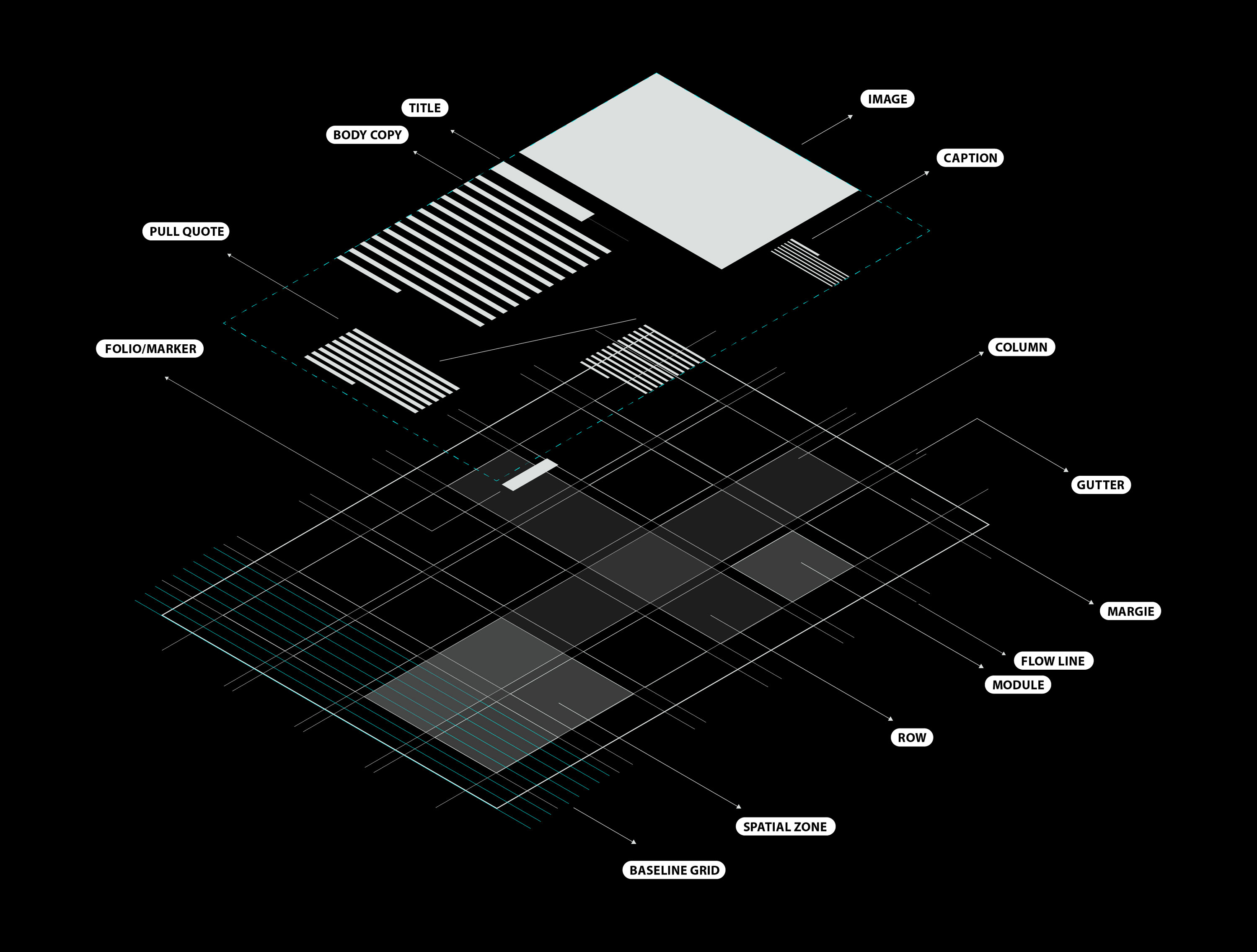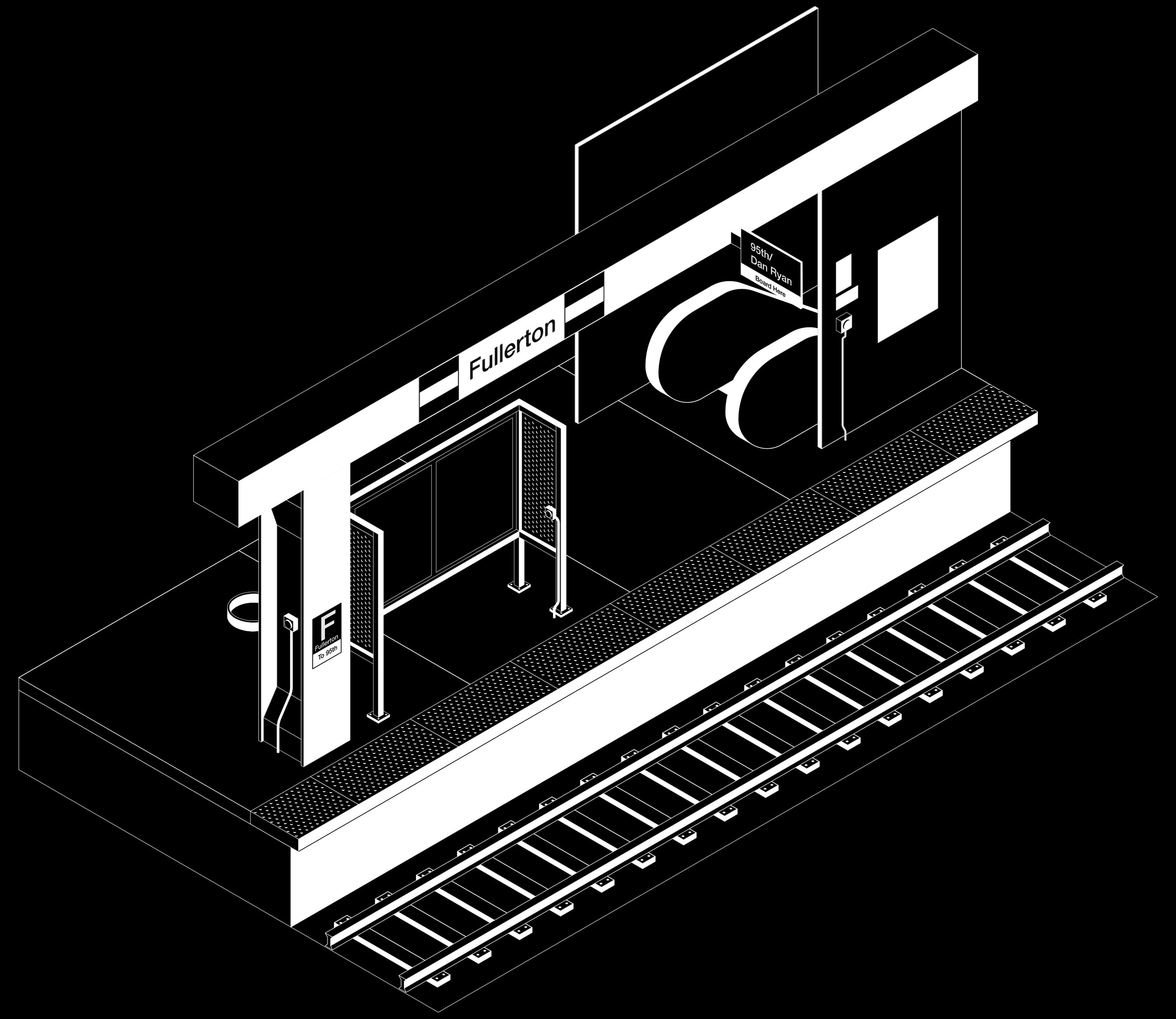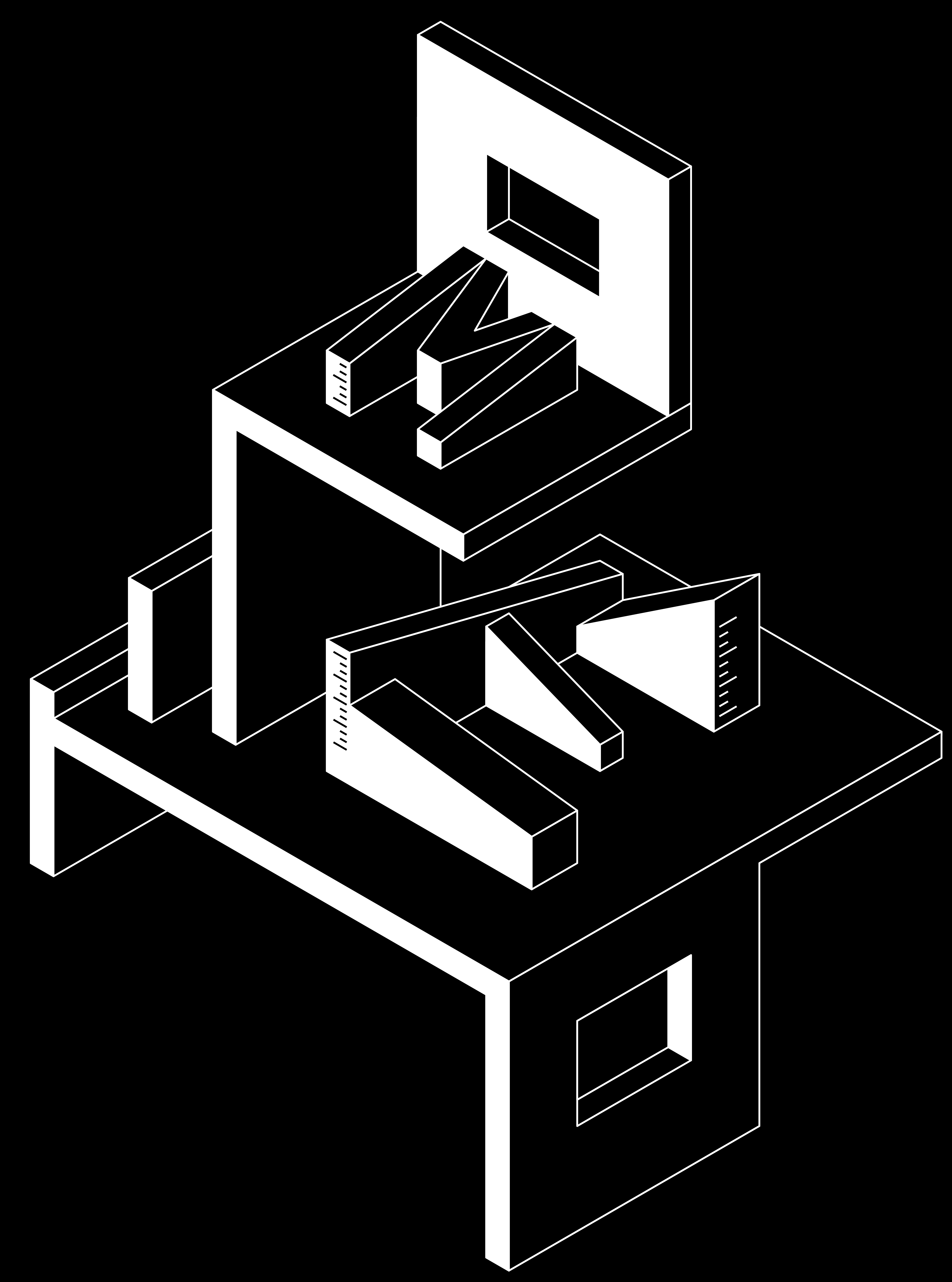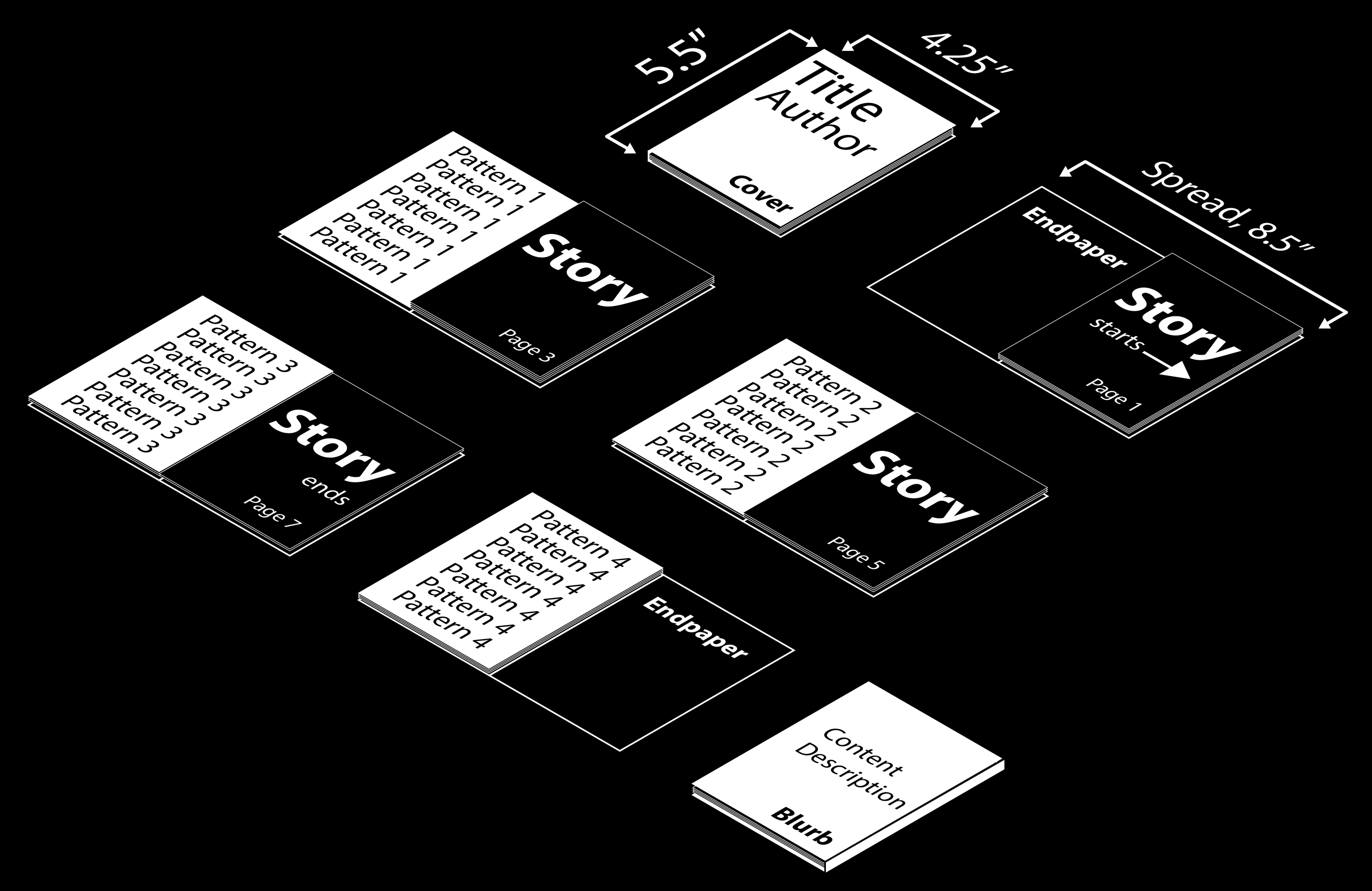︎///////////////////︎︎︎///////////////////////////////////////////︎//////////////////////////︎////// copying or storing any content (text/images) is expressly prohibited without prior written permission /////////////////︎/////////////////////////////︎/////////////////////////////////////////︎////////////////////︎//////////////////////////////////////////////////////////////////︎///////︎///////////////////////////////////////////////////////////////////////please do not copy!////////////////////////︎///////////////////////////////////

Advance Typography Project/
Language as a Material
This project aims to explore the boundless realm of language that extends far beyond mere spoken and written words. Student will delve into the profound impact of the physical existence of text beyond the conventional methods of communication, such as wiring, script, calligraphy, and typeface, This physical existence can intensify, add, subtract, or even reroute the meaning within language.
Throughout this endeavor, students will uncover the power of semiotics and how modifying the materiality and physicality of signifiers could reshape the signified or overall meaning. In this project, the task is to create a powerful poster that advocates for social good and prompts action. Students will be assigned to select a single action word and envision it as tangible material. Your next step will involve constructing and capturing the physical text through photography. The resulting image will serve as the backdrop for your design, allowing you to incorporate additional text and graphic elements to create a functional poster that effectively conveys your message.
Materials ︎
Language as a Material
This project aims to explore the boundless realm of language that extends far beyond mere spoken and written words. Student will delve into the profound impact of the physical existence of text beyond the conventional methods of communication, such as wiring, script, calligraphy, and typeface, This physical existence can intensify, add, subtract, or even reroute the meaning within language.
Throughout this endeavor, students will uncover the power of semiotics and how modifying the materiality and physicality of signifiers could reshape the signified or overall meaning. In this project, the task is to create a powerful poster that advocates for social good and prompts action. Students will be assigned to select a single action word and envision it as tangible material. Your next step will involve constructing and capturing the physical text through photography. The resulting image will serve as the backdrop for your design, allowing you to incorporate additional text and graphic elements to create a functional poster that effectively conveys your message.
Materials ︎

Advance Typography Project/
Exhibition Catalog
In this project, students will have the opportunity to explore the world of editorial typography and the grid system, two fundamental concepts that form the foundation of typography design. Through this project, students will develop their design skills and gain an understanding of the role typography plays in editorial design. The project prompt is to design an exhibition catalog, and students will have complete creative control over the content of the exhibition. However, it should be the result of thorough research, curation, and an in-depth understanding of typography principles.
The exhibition catalog will include a range of elements, including images, titles, body copy, quotes, images, captions, and more. Students will get to experiment with various typefaces, sizes, colors, and layouts to create a cohesive and visually compelling design. One of the primary tools students will be using for this project is Adobe InDesign, a powerful layout and design software that allows them to create and edit professional-grade publications. Throughout the project, students will learn how to use InDesign to implement the fundamental principles of typography, such as hierarchy, contrast, and alignment, to create a layout that effectively communicates their exhibition content. This hands-on experience will provide valuable insights and practical skills in editorial design and typography.
Materials ︎
Exhibition Catalog
In this project, students will have the opportunity to explore the world of editorial typography and the grid system, two fundamental concepts that form the foundation of typography design. Through this project, students will develop their design skills and gain an understanding of the role typography plays in editorial design. The project prompt is to design an exhibition catalog, and students will have complete creative control over the content of the exhibition. However, it should be the result of thorough research, curation, and an in-depth understanding of typography principles.
The exhibition catalog will include a range of elements, including images, titles, body copy, quotes, images, captions, and more. Students will get to experiment with various typefaces, sizes, colors, and layouts to create a cohesive and visually compelling design. One of the primary tools students will be using for this project is Adobe InDesign, a powerful layout and design software that allows them to create and edit professional-grade publications. Throughout the project, students will learn how to use InDesign to implement the fundamental principles of typography, such as hierarchy, contrast, and alignment, to create a layout that effectively communicates their exhibition content. This hands-on experience will provide valuable insights and practical skills in editorial design and typography.
Materials ︎
via GIPHY

Advance Typography Project/
Wearable Type
The School of Design at Jarvis College of Computing and Media is looking for wearables giveaways for prospective students and visitors at specific events. In this project, students will be given a task to design a typographic composition and transfer it over a tote using the heat transfer vinyl (HTV) process. The text should include SoD or the School of Design. They may add other elements to make your design more engaging.
A typographic composition on a tote bag can be a powerful tool to engage the audience and grab viewers' attention outside the school community. Several factors should be considered to create an engaging composition, such as the choice of typeface (Serif/Sans/Display/Monospace, etc.), color scheme (the tote and vinyl colors), layout (symmetrical/asymmetrical), and message. To attain this goal, students need to research the school's vision/mission, geographical location, and target audiences and design the typographic piece based on their findings.
Please note that this hypothetical client-based project and is not a request from the School of Design at DePaul University.
Materials ︎
Wearable Type
The School of Design at Jarvis College of Computing and Media is looking for wearables giveaways for prospective students and visitors at specific events. In this project, students will be given a task to design a typographic composition and transfer it over a tote using the heat transfer vinyl (HTV) process. The text should include SoD or the School of Design. They may add other elements to make your design more engaging.
A typographic composition on a tote bag can be a powerful tool to engage the audience and grab viewers' attention outside the school community. Several factors should be considered to create an engaging composition, such as the choice of typeface (Serif/Sans/Display/Monospace, etc.), color scheme (the tote and vinyl colors), layout (symmetrical/asymmetrical), and message. To attain this goal, students need to research the school's vision/mission, geographical location, and target audiences and design the typographic piece based on their findings.
Please note that this hypothetical client-based project and is not a request from the School of Design at DePaul University.
Materials ︎

Graphic Design Concept/
Behavioral Campaign Design
"Design creates culture. Culture shapes values. Values determine the future." –Robert L. Peters
For this project, students will team up with one of your peers and observe life in CTA trains (Red, Blue, Brown, Green …) as a rider. What is their take on events happening in CTA trains, and how do they respond to that with the language of design? Observation, investigation, and problem-solving are the main components of this project. The task is to create two components for a behavioral campaign aimed at civilian riders. These components should target the identified social issue that can enhance the experience on CTA trains. Students should participate in at least two group trips using CTA trains. During these trips, carefully observe and document their observations to implement them in their design process.
Materials ︎
Behavioral Campaign Design
"Design creates culture. Culture shapes values. Values determine the future." –Robert L. Peters
For this project, students will team up with one of your peers and observe life in CTA trains (Red, Blue, Brown, Green …) as a rider. What is their take on events happening in CTA trains, and how do they respond to that with the language of design? Observation, investigation, and problem-solving are the main components of this project. The task is to create two components for a behavioral campaign aimed at civilian riders. These components should target the identified social issue that can enhance the experience on CTA trains. Students should participate in at least two group trips using CTA trains. During these trips, carefully observe and document their observations to implement them in their design process.
Materials ︎

Graphic Design Concept/
Visualization Quantified Self
We are what we repeatedly do. Excellence, then, is not an act, but a habit.– Will Durant
What we know about ourselves helps us develop a unique and original style in graphic design as creative designers. In this project, students will focus on a few repetitive tasks they do every day and try to visualize a story with an engaging design composition.
It doesn’t matter how important the task is; it is part of your daily life.
Materials ︎
Visualization Quantified Self
We are what we repeatedly do. Excellence, then, is not an act, but a habit.– Will Durant
What we know about ourselves helps us develop a unique and original style in graphic design as creative designers. In this project, students will focus on a few repetitive tasks they do every day and try to visualize a story with an engaging design composition.
It doesn’t matter how important the task is; it is part of your daily life.
Materials ︎

Graphic Design Concept/
MacGuffin Zine
“We’re the only species that tells stories and lives by the stories we tell.”–George Gerbner
In this project, students will be given a task to explore one of the ordinary objects of theirs. Students need to analyze the structural and physical aspects of an object thoroughly and create patterns. Also, they will create an engaging narrative of the unconventional function of the very object and put all your design in the form of a Zine. A thorough investigation and unified design aesthetic in compliance with the story is the key element of this project.
Materials ︎
MacGuffin Zine
“We’re the only species that tells stories and lives by the stories we tell.”–George Gerbner
In this project, students will be given a task to explore one of the ordinary objects of theirs. Students need to analyze the structural and physical aspects of an object thoroughly and create patterns. Also, they will create an engaging narrative of the unconventional function of the very object and put all your design in the form of a Zine. A thorough investigation and unified design aesthetic in compliance with the story is the key element of this project.
Materials ︎
Intro to Visual Design/
Icon of Apocalypse
Originally developed by Tyrras Warren, University of Oregon.
You’ll be given an apocalyptic scenario: robots, flooding, super intelligent dolphins, giant monsters, etc. Utilizing the GESTALT principles and Scott McCloud's "Vocabulary of Comics" technique called "simplification through amplification," your task is to create a straightforward icon that captures the essence of your given scenario. The icon design should not only represent the cause of the apocalyptic scenario but also convey the destructive and catastrophic nature of the situation.
Materials︎
Icon of Apocalypse
Originally developed by Tyrras Warren, University of Oregon.
You’ll be given an apocalyptic scenario: robots, flooding, super intelligent dolphins, giant monsters, etc. Utilizing the GESTALT principles and Scott McCloud's "Vocabulary of Comics" technique called "simplification through amplification," your task is to create a straightforward icon that captures the essence of your given scenario. The icon design should not only represent the cause of the apocalyptic scenario but also convey the destructive and catastrophic nature of the situation.
Materials︎

Intro to Visual Design/
Poster for Social Good
Originally developed by Todd Barsanti, Sheridan College.
Consider that you have a single golden ticket to make changes and bring something positive to your society. It could be for your neighborhood, city, state, country, or even world. What could your decision be? In this project, you will design a poster to call for action. You need first to identify an organization/NGO with a similar mission and design your poster based on it. You may incorporate the organization logo, associated hashtag, or your concept motto to call for change.
The main goal is to grab the attention of a viewer who passes by your design in just a few seconds and convince them to take action. It means composition, title, GESTALT, and Semiotics are crucial to this goal. Be aware that sometimes simple solutions have more impact than complex concepts.
Materials ︎
Poster for Social Good
Originally developed by Todd Barsanti, Sheridan College.
Consider that you have a single golden ticket to make changes and bring something positive to your society. It could be for your neighborhood, city, state, country, or even world. What could your decision be? In this project, you will design a poster to call for action. You need first to identify an organization/NGO with a similar mission and design your poster based on it. You may incorporate the organization logo, associated hashtag, or your concept motto to call for change.
The main goal is to grab the attention of a viewer who passes by your design in just a few seconds and convince them to take action. It means composition, title, GESTALT, and Semiotics are crucial to this goal. Be aware that sometimes simple solutions have more impact than complex concepts.
Materials ︎

Intro to Visual Design/
Text as an Image; Artist Book
Originally developed by Tyrras Warren, University of Oregon.
"Artists' books are books or book-like objects over the final appearance of which an artist has had a high degree of control; where the book is intended as a work of art in itself."
-Stephen Bury
In this visual problem, you will create an artist's book or zine. Content may be anything that engages in critical inquiry (no commercial promo stuff or portfolios). Make it interesting and compelling. The objective of this project is for you to engage critically and creatively with the medium of the printed book and examine the power of text and how it can be read as an image as well as a delivery system of information.
Materials ︎
Text as an Image; Artist Book
Originally developed by Tyrras Warren, University of Oregon.
"Artists' books are books or book-like objects over the final appearance of which an artist has had a high degree of control; where the book is intended as a work of art in itself."
-Stephen Bury
In this visual problem, you will create an artist's book or zine. Content may be anything that engages in critical inquiry (no commercial promo stuff or portfolios). Make it interesting and compelling. The objective of this project is for you to engage critically and creatively with the medium of the printed book and examine the power of text and how it can be read as an image as well as a delivery system of information.
Materials ︎